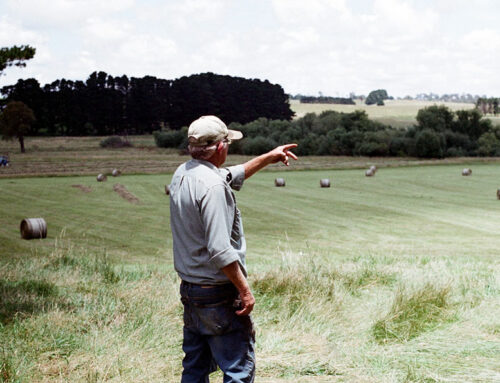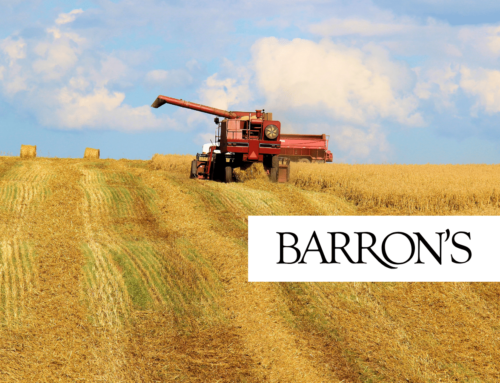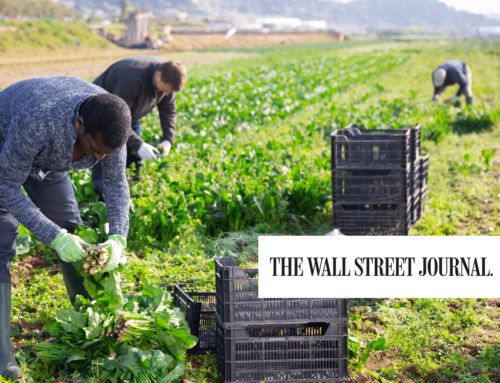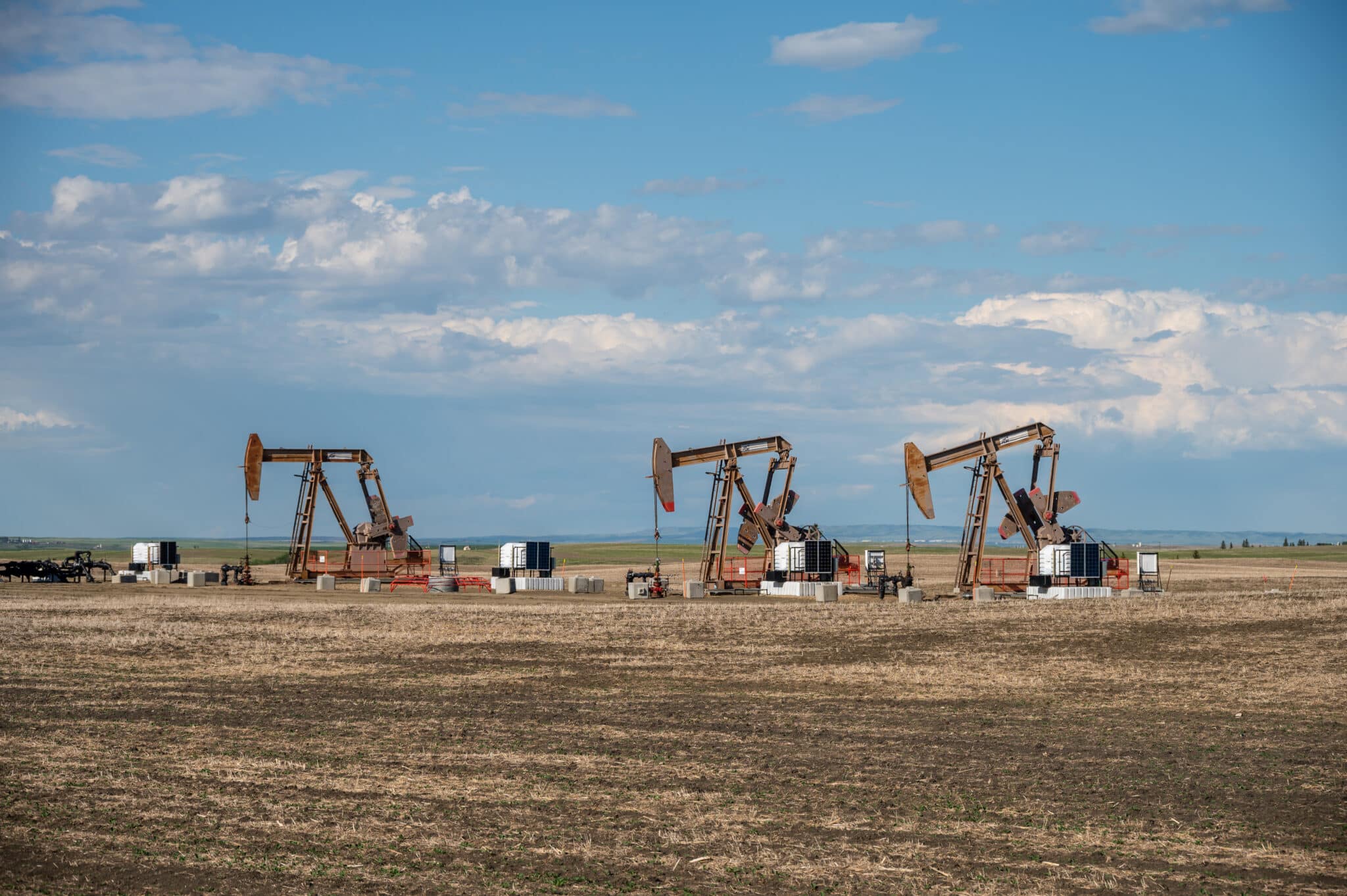Today the USDA held a “stakeholder call”– more about that later– to provide additional details on the first $6 billion tranche of the $12 billion in hush money it’s announced it will spend compensating farmers and ranchers who’ve suffered economic harm because of President Trump’s trade war. (No, they’re not calling it hush money, but that’s what it is.) A number of issues immediately jump out. More will surely come to light as we dig into the details:
- The Market Facilitation Program – (income subsidy checks sent directly to agricultural businesses)appears to double the amount of income subsidies individuals can receive.
- Individuals signing up to receive this new version of direct payments will be subject to existing rules and requirements for farm bill commodity programs, namely that they must have an adjusted gross income of less than $900,000, comply with certain wetlands and conservation requirements, and can receive no more than $125,000.
- But, the announcement states “MFP payments are also capped per person or legal entity at a combined $125,000 for corn, cotton, sorghum, soybeans and wheat.” Meaning this $125,000 is in addition to the $125,000 these persons or legal entities can receive in the various “shallow loss” programs created in the 2014 farm bill.
- AND this $125,000 is applied separately to livestock and crops. So in theory a business could receive up to $125,000 for its milk or hogs and $125,000 for its cotton/wheat/sorghum, etc.
- There’s significant disparity in the payment rate based on crops. USDA claims payment rates are based on their calculation of the economic harm incurred, but such disparities are likely to result in grumblings from commodity interest groups.
- $4.7 billion in MFP payments will be on half of actual production. USDA will “reevaluate” the issue in December and determine if payments need to be made on the second half of production. (Spoiler alert: they will.)
| Commodity | Initial Payment Rate | Est. Initial Payment** | WASDE Price (August) | Percent of Projected Price |
| Cotton | $0.06 / lb. | $276,900,000 | $0.75 | 8.0 |
| Corn | $0.01 / bu. | $96,000,000 | $3.60 | 0.27 |
| Dairy (milk) | $0.12 / cwt. | $127,400,000 | ||
| Pork (hogs) | $8.00 / head | $290,300,000 | ||
| Soybeans | $1.65 / bu. | $3,629,700,000 | $8.90 | 18.5 |
| Sorghum | $0.86 / bu. | $156,800,000 | $3.40 | 25.0 |
| Wheat | $0.14 / bu. | $119,200,000 | $5.10 | 2.7 |
| Total | $4,696,300,000 |
- Food Purchase and Distribution Program – USDA purchasing products and distributing to food banks and other nutrition programs. A list of 31 “winners” with estimated amounts of purchase was released. Notably absent from the list are a number of products that are subject to retaliatory tariffs such as ginseng, poultry products, and seafood
- Producers of Almonds and Sweet Cherries rejected USDA’s offer to include purchases of their products and instead are requesting a program more akin to the direct payments USDA is making under the Market Facilitation Program. USDA is likely to accommodate this request. Almonds just so happen to be produced in California House districts represented by vulnerable Republicans (and California is home to Republican Majority Leader and presumed Speaker in Waiting Kevin McCarthy).
Direct Purchase announcement
| Commodity | Target Amount |
| Apples | $93,400,000 |
| Apricots | $200,000 |
| Beef | $14,800,000 |
| Blueberries | $1,700,000 |
| Cranberries | $32,800,000 |
| Dairy | $84,900,000 |
| Figs | $15,000 |
| Grapefruit | $700,000 |
| Grapes | $48,200,000 |
| Hazelnuts | $2,100,000 |
| Kidney Beans | $14,200,000 |
| Lemons/Limes | $3,400,000 |
| Lentils | $1,800,000 |
| Macadamia | $7,700,000 |
| Navy Beans | $18,000,000 |
| Oranges (Fresh) | $55,600,000 |
| Orange Juice | $24,000,000 |
| Peanut Butter | $12,300,000 |
| Pears | $1,400,000 |
| Peas | $11,800,000 |
| Pecans | $16,000,000 |
| Pistachios | $85,200,000 |
| Plums/Prunes | $18,700,000 |
| Pork | $558,800,000 |
| Potatoes | $44,500,000 |
| Rice | $48,100,000 |
| Strawberries | $1,500,000 |
| Sweet Corn | $2,400,000 |
| Walnuts | $34,600,000 |
| Almonds | $63,300,000 |
| Sweet Cherries | $111,500,000 |
| Total | $1,413,615,000 |
The details, which actually are still not final – meaning the numbers could worsen by the time this is all over, confirm our fears that replacing trade with federal aid will lead to Washington swaying the market. In addition the call raises a number of questions on just how USDA is designing these programs.
The additional details show the USDA will continue the three-pronged approach it announced July 24, 2018.
Starting in September, agricultural businesses growing or raising a handful of crops or livestock will be able to sign up for $4.7 billion in direct payments. USDA will purchase $1.47 billion of other crops, mainly fruits and nuts, and distribute those to food banks and other nutrition programs. And $200 million will be available in a program to promote US products in foreign markets.
Interestingly the first thing today’s call moderator said was that it was “off the record” and not intended for the press so any press on the call were asked to “please disconnect now.” Good we’re not journalists, then. Because someone needs to call this out for what it is – Washington picking winners and losers in favor of special interests who write farm bill legislation worth $867 billion behind closed doors. Spending the taxpayer’s dollars and cents should never been off the record.











Get Social